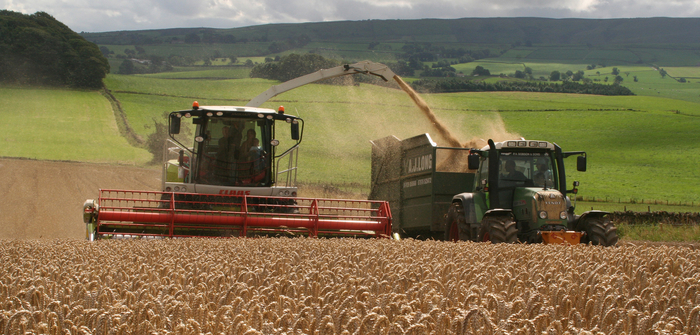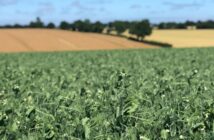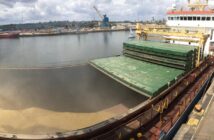With spot and forward feed protein costs increasing dramatically, making Alkalage this harvest is a highly economical way of providing the starch and protein your cows will need next winter.
Nutritionists estimate that it could cut bought-in protein costs by up to a third this year for some mixed farms. The bonus is so significant that some UK dairy and beef producers are even planning to grow more cereal crops on ground traditionally earmarked for maize silage.
“Farmers have been asking whether it’s worth sowing maize this spring, bearing in mind it’s such a low protein crop – knowing full well that it’s looking increasingly unlikely that they will be able to buy in the necessary high protein balancing raw materials at the right price,” reports Rob Smith from feed crop alkalisation specialist FiveF Alka.
Mr Smith adds that the fact that you can also grow cereal crops more consistently in some areas is making many think long and hard. “What’s more, you often gain more dry matter and starch with cereal crops than you do with maize silage,” he says.
He argues that if you’re thinking about making the most of home-grown cereal crops as an alternative option to making maize silage, why not simply apply Home n’ Dry to a mature cereal crop and boost its protein content by producing Alkalage.
“Alkalisation delivers ensiled crop stability, starch and protein from a crop you can grow on your own farm, at what we estimate will be around a third of the cost of having to buy in protein to balance maize silage at a later date,” he calculates.
Alkalage is made by harvesting a fully mature, combine-ready, relatively dry whole crop (78-80% DM) and then adding a source of ammonia to stabilise it for storage.
“Alkalage is produced by simply mixing the unique alkalising feed pellets Home n’ Dry with a ripe, fully mature cereal crop harvested through a small grain processor and then clamping.
“Once in contact with moisture, the feed pellets release ammonia into the subject crop or feed; destroying microbes, moulds and some mycotoxins to effectively sterilise the crop.
“The resultant feed is an alkaline, high starch feed with a good level of structural and digestible fibre, plus a level of boosted protein to match grass silages. In addition, there’s no fermentation loss, compared with roughly 15% on other ensiled forages,” says Mr Smith.
FiveF Alka is seeing a surge of interest in alkalisation as more mixed farmers aim for greater self-sufficiency and feed cost control by feeding their cattle more of what they can grow on their own acres.




